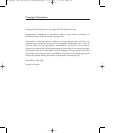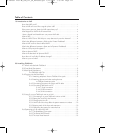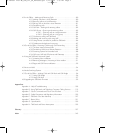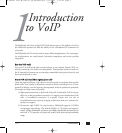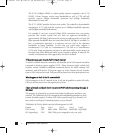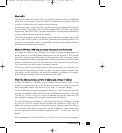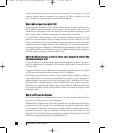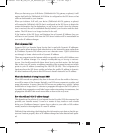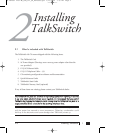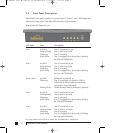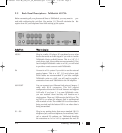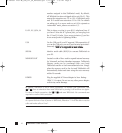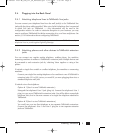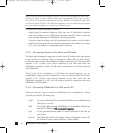
When you first set up your VoIP device (TalkSwitch 48-CVA, gateway or phone), it will
register itself with the TalkSwitch 48-CVA that is configured as the SIP Server so that
calls can be directed to your location.
When you initiate a VoIP call, your device (TalkSwitch 48-CVA, gateway or phone)
will contact the TalkSwitch 48-CVA that is configured as the SIP Server to obtain the
contact information for the destination you are trying to reach. Once the informa-
tion is received, the call is established directly between your location and the desti-
nation. The SIP Server is no longer involved in the call.
If the location of the SIP Proxy and Registrar has a Dynamic IP Address, then you
will have to use Dynamic DNS since the SIP Server location will be unreachable as
soon as the IP address changes.
WWhhaatt iiss DDyynnaammiicc DDNNSS??
Dynamic DNS is a Domain Name Service that is used with Dynamic IP addresses.
DNS is used to allow devices to find other devices on the Internet by name rather than
by IP address. Dynamic DNS allows you to use a domain name - FQDN (which does
not change) to locate a device with a Dynamic IP address.
There are companies on the Internet which can provide you with a DNS Address, even
if your IP address changes. For example www.dyndns.org or hn.org or www.no-
ip.com. You should consult with them about how to use their service. But the basic
idea is that you will receive an address something like myname.homeip.net which
points to your IP address (something like 209.210.230.140). This is important for
loactions where the SIP Server resides and where the public IP address is dynamic.
All other locations will point to this SIP Server’s domain instead of an IP address.
WWhhaatt iiss tthhee ddrraawwbbaacckk ooff uussiinngg DDyynnaammiicc DDNNSS??
When DNS records are updated, they have to be sent all over the world so that every-
one will be aware of the changes. Basically, one DNS server connects to another and
swaps information. In many cases, the DNS servers are updated very quickly. Updates
should take no longer than 15 minutes to propagate throughout the DNS system. It
is possible that propagation could take longer under extenuating circumstances, but
propagation shouldn’t take much more than an hour at the very most.
HHooww oofftteenn wwiillll mmyy PPuubblliic
c IIPP aaddddrreessss cchhaannggee??
This depends on the policies of your Internet Service Provider (ISP, the company that
provides your Internet access). It can be a matter of days, weeks or even months
before your IP address changes. A power loss or reboot to your cable or DSL modem
usually results in the assignment of a new IP address.
TalkSwitch has technology that helps keep this information up to date so that the sys-
tem can function properly after an IP address change has been detected and updat-
ed.
v1.0 Introduction
TS manual 11th ED_CVA_v11_CD_Release.qxd 7/13/2004 3:33 PM Page v



